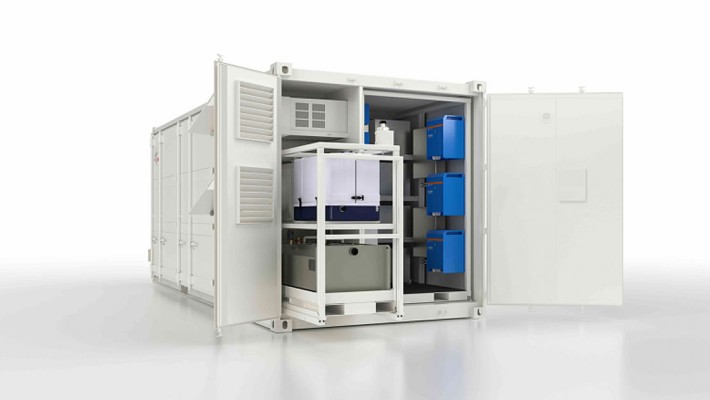Freight Forwarder Insights
Huin International Logistics Latest Articles
Important Precautions to Take When Transporting Portable Energy Storage Devices
As technology continues to advance, the utilization of portable energy storage power supplies is becoming increasingly prevalent in our day-to-day routines. Such devices are able to supply power to various electronic gadgets such as mobile phones, tablets, and cameras, addressing the issue of being unable to charge during outdoor excursions or trips. Nevertheless, it is crucial to be mindful of certain precautions and guidelines when transporting these portable energy storage units in order to ensure their safety and effectiveness. Let us discover these requirements together below.
When it comes to transporting portable energy storage power sources, it is crucial to adhere to applicable laws and regulations. Specifically, according to the regulations of the Civil Aviation Administration of China, bringing such devices on board during a flight is permitted. However, there are some important considerations that must be kept in mind:
As per the Civil Aviation Administration's regulations, each passenger is limited to carrying a total of 100Wh in portable energy storage power. If you exceed this limit, prior permission from the airline is required, along with adherence to their guidelines.
Passengers are advised that the amount of portable energy storage power supplies they may bring on board is limited to a maximum of 20 per person.
Safety label for energy storage power supply: For portable power supplies with a capacity of over 100Wh, the label indicating the energy level must be visibly displayed on the exterior for staff to easily identify.
In addition to these policies, there are some further requirements to keep in mind. For instance, it is not permitted to stow portable energy storage power directly in checked baggage; instead, it must be packed in a carry-on backpack or suitcase. Furthermore, when flying, portable energy storage power sources must be packaged separately from other electronic devices to avoid the risk of short circuits or other hazards.
Aside from the specifications for air travel, there are a few factors to consider if we intend to ship portable energy storage units by land or water:
During transportation, it is essential to use appropriate packaging for the portable energy storage power supply to shield the battery and circuit board from external physical shock and vibration.
Managing temperatures is crucial when transporting portable energy storage power supplies. Extreme heat can lead to a shorter battery lifespan, while extreme cold can impact its effectiveness. To ensure optimal performance, make sure the battery remains within the recommended temperature range before shipping and include a temperature regulator in the package.
When moving portable energy storage power supplies, it is important to label the packaging with necessary information such as the product's model, capacity, and weight. Doing so will prevent any confusion or misunderstandings during transportation.
Furthermore, it is important to take note of the following factors while in transit:
For safe transportation, keep the portable energy storage power supply dry and avoid exposing it to water or humid conditions. Moisture can result in electrical shorts or other harm.
To prevent potential damage to the battery's performance or lifespan, it is recommended to minimize excessive vibration while transporting the portable energy storage power supply.
Avoid collisions: During transportation, make an effort to steer clear of contact between the portable energy storage power supply and any solid items. This helps avoid potential harm or leakage caused by fractured battery packaging.
